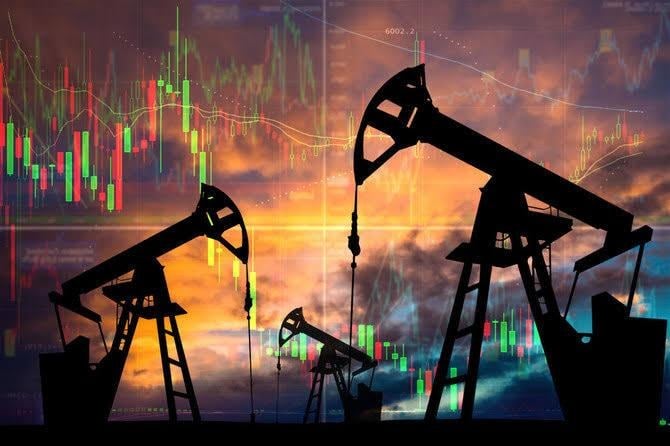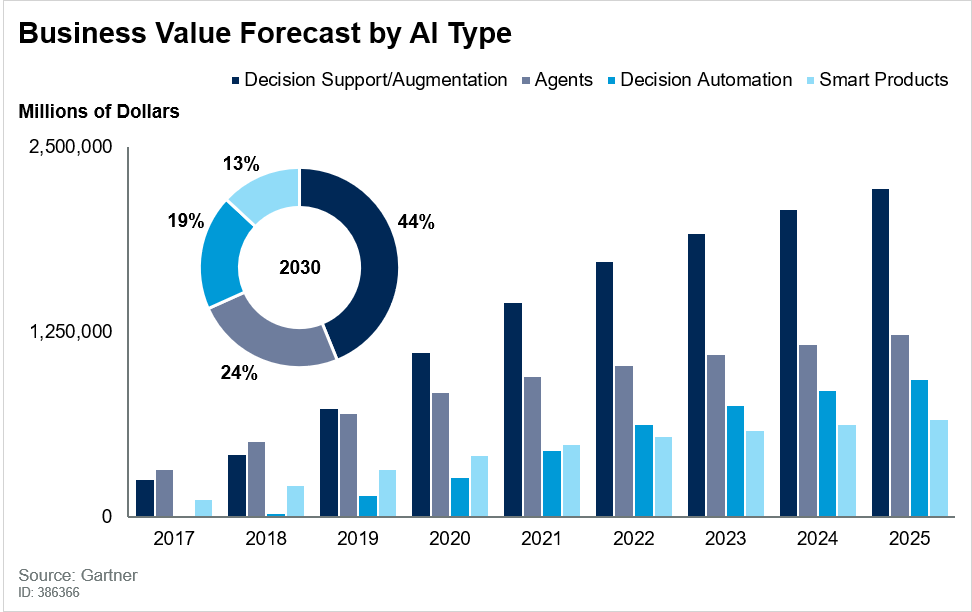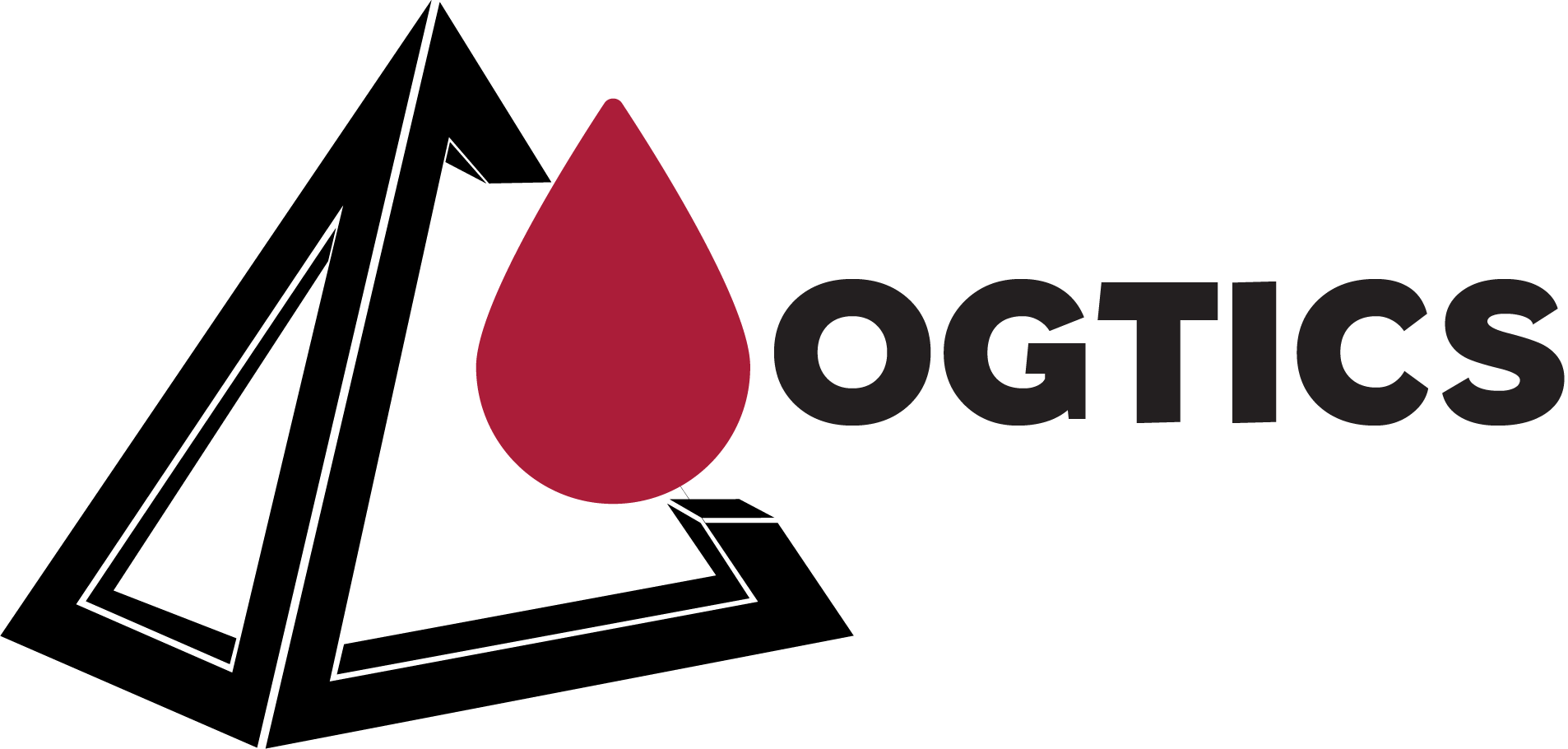
Businesses make a lot of important decisions every day. Some are made on cold hard data, while others are based on forecasts and probabilities.
Thanks to AI demand forecasting, making decisions using probabilities has become a lot easier – and a lot more accurate.
Using machine learning algorithms, AI demand forecasting can help businesses predict their supply chain costs and accurately plan for seasonal product fluctuations. Gartner predicts that AI will create $2.9 trillion in value for companies by the end of this year and account for 6.2 billion hours of worker productivity globally.
And, as more companies turn to AI, that number is expected to increase while they benefit from minimizing the cost of cash-in-stock and making better decisions within their supply chain.

What is Demand Forecasting?
Benefits of Demand Forecasting
When it’s time for a company to prepare a demand forecast, they can lean on this data to give them an accurate prediction. More accurate demand forecasts can help a company to:
- Have happier customers – and keep them for longer: Customers will be happier if your product is available anytime, and accurate forecasts help keep your warehouses full enough (but not too full!) in order to meet demand
- Optimize promotions and discounts: Products gathering dust on a shelf cost retailers money. Demand forecasts help to move slow-selling items by predicting what promotions and discounts will peak customer interest
- Get rid of staff shortages: Forecasting staff demand for busy historical periods, or across an entire year, can help businesses optimize workforce planning, such as when to hire seasonal staff
- Get better over time: AI is like a sponge. It uses machine learning to make better forecasts and predictions each time it has access to new data, getting smarter and more accurate over time
- Be more efficient: Demand forecasting helps teams to focus on strategic issues instead of managing unexpected stock fluctuations or dealing with supply chain problems
It’s important to understand that there are several different types of demand forecasting, and that each one has its own requirements and benefits.
What Are the Types of Demand Forecasting?
- Constant variations in product demand, sales and seasonal changes
- Marketing and sales activities like product launches or sales
- Factors outside of your control, like competitor movements or supply chain disruptions
- Short term: Used to make predictions of sales, product demand or any other type of inventory-based forecast needed for a short time frame, typically under 12 months
- Long term: Used to create the same type of forecasts as the short term framework, but over a longer timeframe (typically up to two to four years into the future.) These types of forecasts can also look at things like investment capital, supply chains and logistical issues
- Active: Used to forecast outlooks for sales and marketing campaigns and growth and expansion plans. New companies typically use these types of forecasts to gain investment funding or predict scaling timeframes
- Passive: Used to build demand forecasts if a company has a decent amount of historical data
- Internal: Used for creating internal forecasts to get a more detailed idea about financials, supply chain issues, product demand and overall operations
- External: Used for getting an accurate external projection of overall company health, taking into account competitors, goals and growth
Forecasting in Oil and Gas
Our machine learning models analyze the historical behavior of consumption and predict future petroleum products demand in the world’s fastest developing markets. Our forecasting engine break down trends, seasonal behaviors and residual components, enabling users to spot changes in demand that don’t align with long-term trends or seasonal variations. The added value of the forecasting engine comes from the aggregation of different data streams of data processed through specialized machine-learning algorithms.
major benefits of our solution are:
- Opportunity: Pinpoint trading opportunities using forward-looking petroleum products demand data covering over half of the world’s demand
- Accuracy: Forecasts tested for accuracy against public reports and exclude data lacking statistical value
- Granularity: The forecast engine breaks down signals into trends, seasonal, and residual components at the country level
